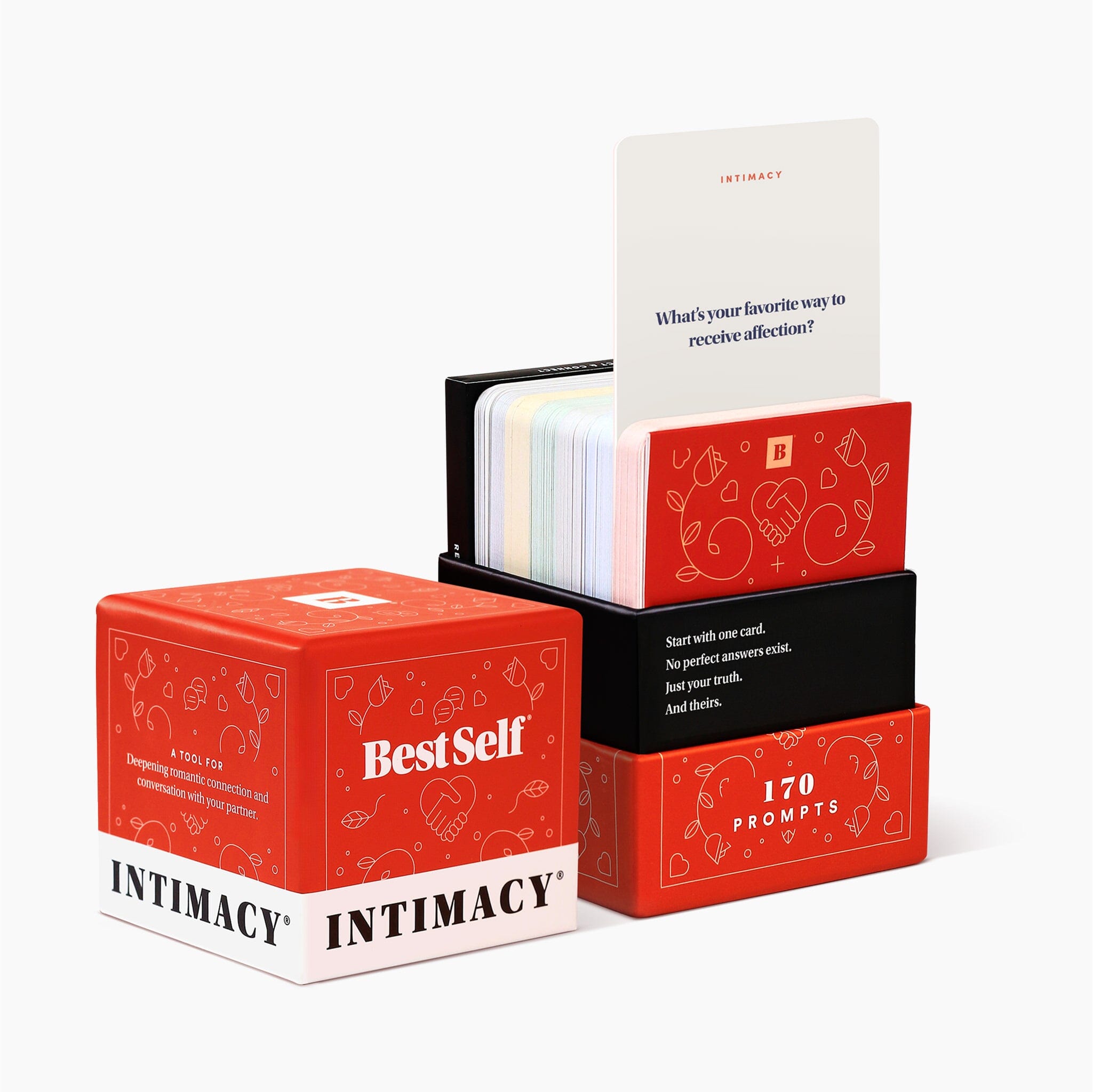Each day in our lives is composed of thousands and thousands of tiny habits. We go through these habits automatically, without even thinking about most of them. And for the most part, this is an advantageous behavior. We don’t have enough brainpower to think about every single thing we do in our day. Habits free up mental energy for the tasks that do require intense thought, putting everything else on autopilot.
However, the greatest power of habits is also their greatest danger.
If we build up self-destructive habits, then they can be very difficult to break, even if these bad habits make us unhappy. Just look at the common bad habit of watching too much TV. We may know that watching TV is taking away time from pursuing more important goals, but if it’s become a habit, it’s comforting. The converse is also true — it’s painful to stop watching TV.
And if you use that TV watching as a way to cope with something else you’re struggling with (as is usually the case), then it can go beyond a simple bad habit and turn into a vicious cycle: Each time you experience the thing that causes you stress, you turn to TV as a way to relieve the pain.
This is where vicious cycles are born, the ones that keep us in self-defeating patterns. If we are to break free of repeating outcomes, we need a reflection practice to help trigger the small steps we need to change our self-destructive behaviors. The question is, how do we recognize our actions and their outcomes to break the cycle?
Vicious Cycles vs. Reflection Practice
As human beings, we all have our own vicious cycles. We have particular triggers that instigate specific destructive actions like procrastinating on important work, staying up too late binging Netflix when we should be sleeping or hitting the snooze button for the fifth time. They build into one another, killing our productivity, straining our relationships and beating down our self-esteem. It’s frustrating because we know they’re there.
We experience their pain again and again, yet we can’t break the cycle. In fact, if a cycle is around long enough our minds become predisposed to automatically react a certain way when a trigger appears. Our actions in response will be the ones most commonly taken, even if they’ve always lead to an undesired result.
Don’t worry, our brains aren’t trying to sabotage us. It has our best interests at heart. It’s utilizing a system of creating an automatic responses to make sure we have the resources available to react to events we aren’t familiar with.
In nature, this process is essential for survival, but it comes with a catch: Our brains make no distinction between healthy and self-destructive behaviors. For example, maybe you use eating as a way to cope with stress. You know this isn’t good for you, leading as it does to weight gain and other health issues.
But the deeper, more ancient part of your brain doesn’t make this distinction. It just experiences the threat (stress) and then grows accustomed to the way you use to cope (the pleasurable feeling of eating junk food). This builds into a vicious cycle, one that only solidifies the more you do it.
To achieve what you never have, you must do what you’ve never done; you must achieve a mindset shift.
To stop and reprogram these automatic reactions we must catch ourselves in the moment of a vicious cycle. This is extremely hard work. A reflection practice allows us to set up a plan to stop the automatic response when it’s triggered.
We can reflect on many different levels, but the best place to start is in reflecting on the past year. This higher level view will help us see the bigger patterns we have, the good and the bad.
Once we see them, we can find positive ways to change them.
What do you think? Want to give it a try?

Special Gift: A Guided Reflection Practice From the Inner Circle
Start by looking back on the past year to figure out what went well, what didn’t, what you enjoyed and what you learned.
With these insights, you can create your benchmark and lay the foundations for the plans that will help you design your best year yet.
STEP 1 OUTCOME
Complete this step to consolidate your learnings from the previous 12 months and create your baseline from which to plan your year ahead.
With your reflection complete, you will know exactly where you are starting from. This clarity will help you set up the year ahead for success.
ESTIMATED TIME: 20-30 minutes
TOOLS NEEDED: End of Year Reflection Worksheet
Why Reflect?
The 10 Step framework to your Best Year Yet kicks off with reflection.
This is one of the most important stages of the entire process — you can’t move forward until you’ve first looked back.
Reflection is about the best way to consolidate everything you’ve done and learned in the past 12 months.
If you put your foot on the gas without reflecting, you’ll miss out on all the insights and knowledge the past 12 months have gifted you.
In turn, you’re more likely to make needless mistakes, move forward slower and even make the wrong decisions.
That’s why reflection is a personal development practice promoted and practiced by some of the world’s top performers and athletes.
They know it's an effective way to learn from their mistakes and set goals to make better choices and decisions in the future.
It’s the reason football players spend weeks poring over every minute and analyzing every play of every game. By understanding who played well and why, they can make informed adjustments going forward and keep improving their performance.

And you can do the same. It’s why reflection is an essential component of your best year yet.
So let’s put this theory into practice with an Action Step that you’re going to like a lot.
Action Items
This reflection exercise is one of our favorites.
It’s something we always do at the end of a year — and if a 13-week road map has been particularly significant, we’ll do it again.
It’s a quick and easy way to sense check where you are and give yourself a springboard from which you can move toward gaining control.
To help you reflect, we’ve prepared a worksheet for you to download. It’s called the End of Year Reflection worksheet and you can download a copy below.
You’ll see from the worksheet that we’ve broken your reflection down into simple categories.
For this step, you’re going to reflect on four things:
• What brought you JOY• What brought you SUCCESS
• What made you DISSATISFIED
• And what FLOPPED!
To make your reflection easy, grab:
• Last year’s calendar
• Any Self Journals you used over the past 12 months
Go through them — week by week — and pull out any events you want to list on your End of Year Reflection.
Your goal is to create your best year yet, so think about all categories — not just your work achievements.
This might include:
• Your relationships• Your health and wellbeing
• Your personal growth
• Your financial situation
When you’re finished, look for your patterns. For example, is there a correlation between what brought you joy and success?
Finally, analyze your results by answering the final two questions on your worksheet:
1. How far have you come over the past 12 months?
When we’re hustling after goals and checking items off our to-do lists, we can spend too much time thinking about where we still have to go. As a result, we overlook and undervalue the distance we’ve already traveled.
So take a few minutes to appreciate the progress you’ve made.
2. Get a sense of how you feel about your current trajectory
If you were to change nothing, would you be happy with where you’d end up in 12 months time?
For example: How would your physical health be? What about your business or your career? Or your relationships?
Why You Should Fill Your Day with Energizing Activities
To create your Best Year Yet, you have to fill it with things that bring you joy.
When you craft your day-to-day around the things you enjoy and excel at, you start loving and being proud of your life.
Why fill your day with stuff that drags you down if you don’t have to?
Remember, you’ll always do your most important work, have the most fun and enjoy the most success when you’re motivated and energized.
The opposite applies, too.
Tasks that leave you dissatisfied absorb a disproportionately large amount of energy. You need to dig a lot deeper to get things done.
What’s more, you’re more likely to procrastinate and waste time. You probably won’t do your best work. You’ll feel more drained at the end of the day, too.
So for a better-performing year, you’ll need to proactively pay attention to the things that bring you joy and success. Swap out things that flopped and left you dissatisfied and full of anxiety.
It’s a simple formula that lays the foundation for your best year yet.
Inspire Others
Big or small, we aspire to accomplish things in our lives that matter. We want to do more of what makes us happy, gain self-confidence and feel fulfilled with our life choices.
We all struggle, find success and change as we grow. Make no mistake, those lessons can help others as much as you.
Let what you’ve gone through help others on their own journey. The smallest insight can change a life!





































